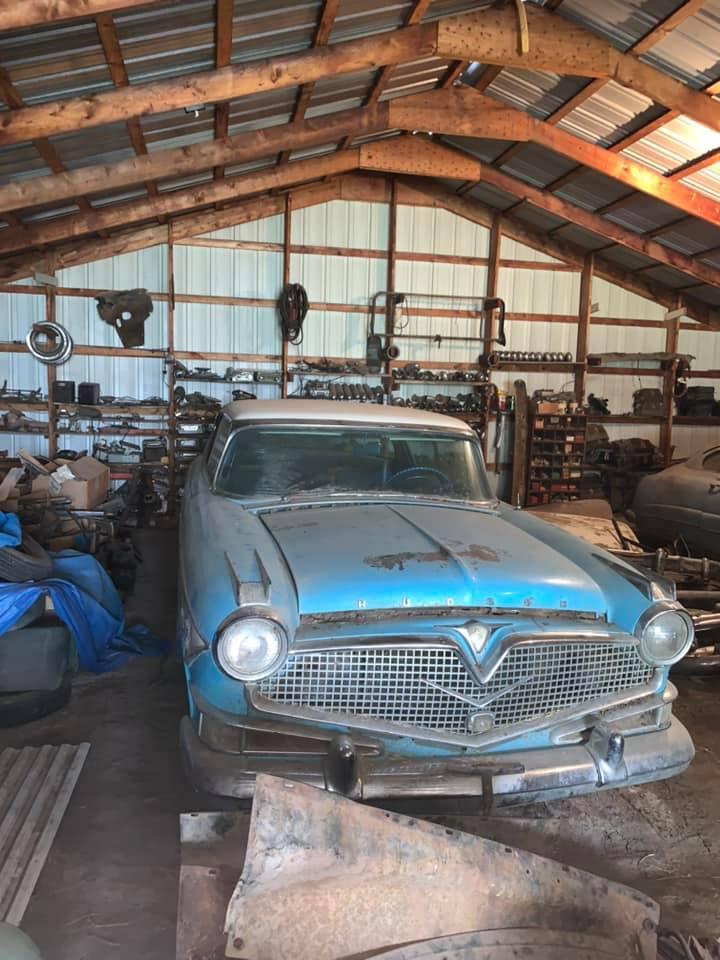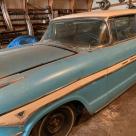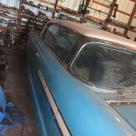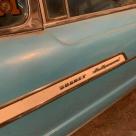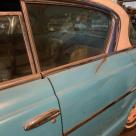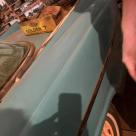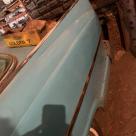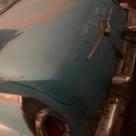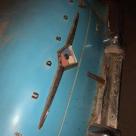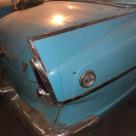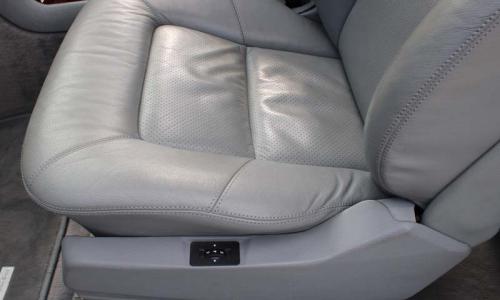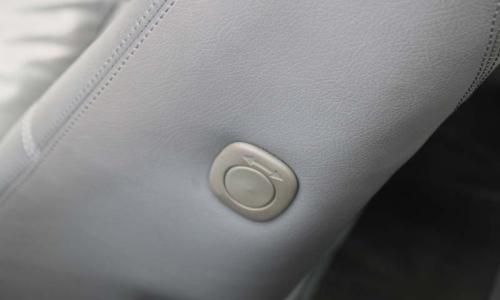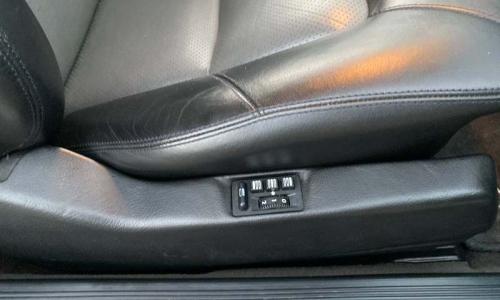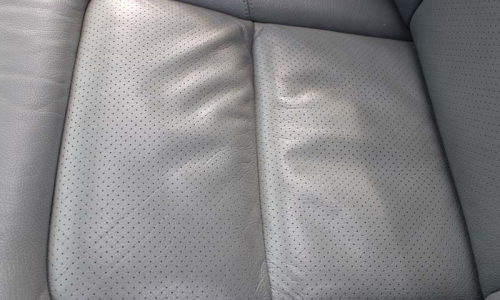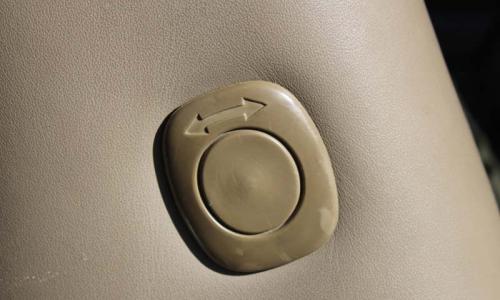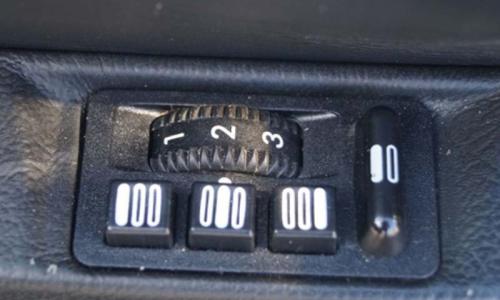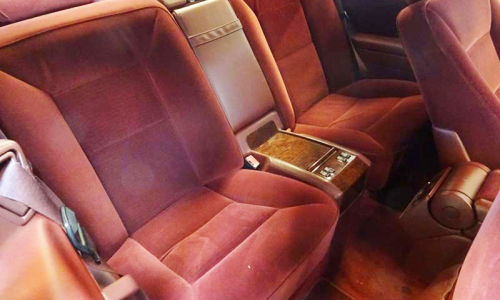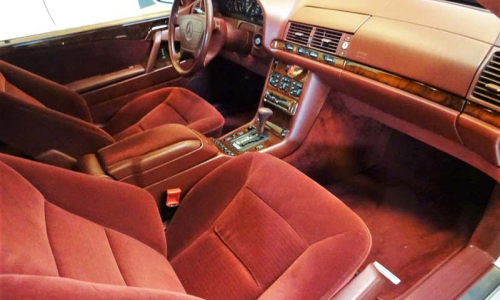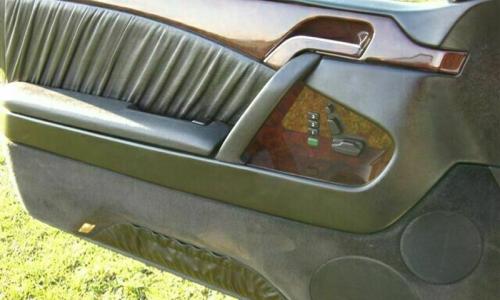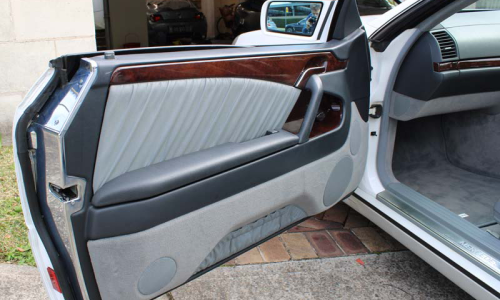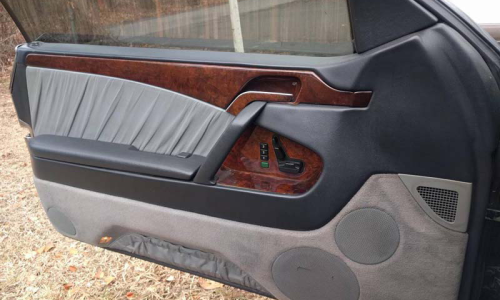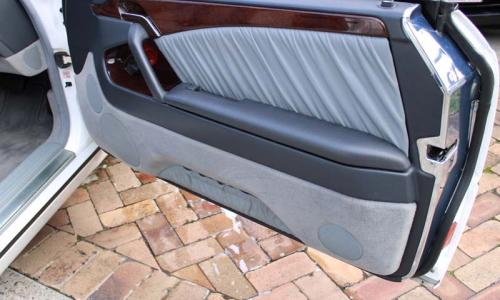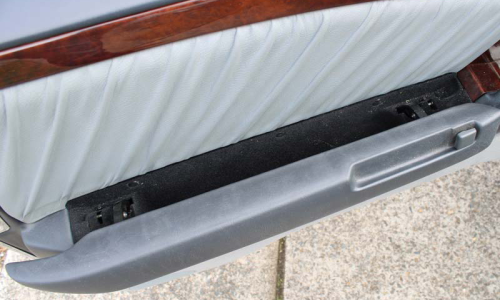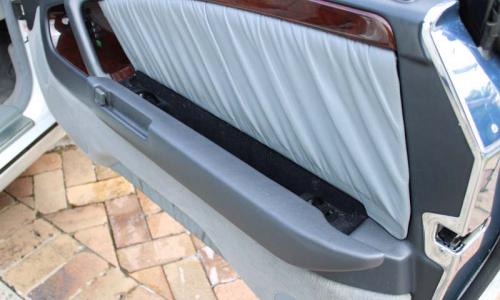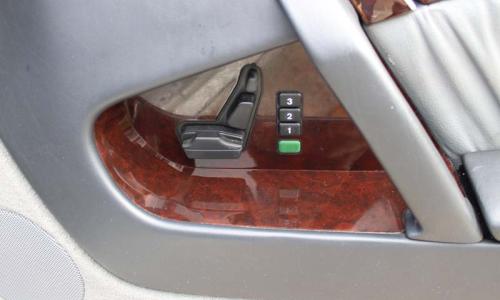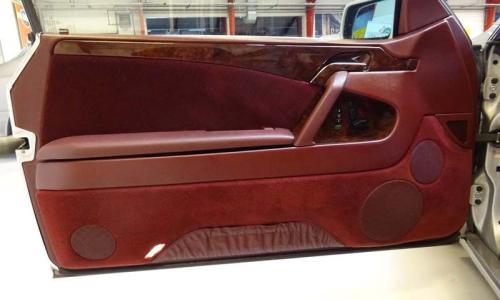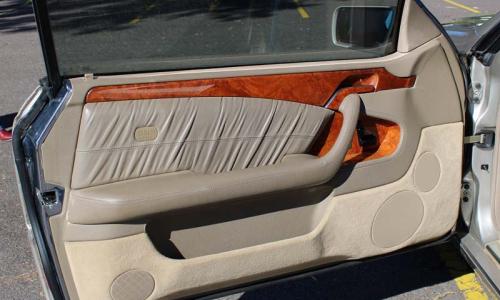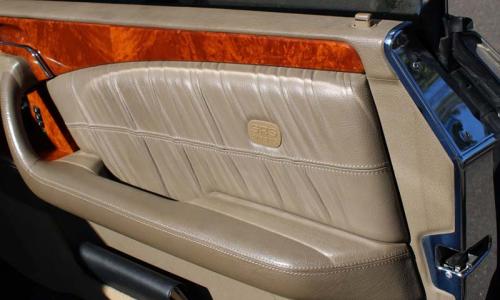For sale: 1957 Hollywood Hardtop Hornet Hudson
Specifications
Seat trim:
- Leather seats were standard on the coupe, and Velour cloth was optional. Very few cars were fitted with the velour cloth option. Several examples are provided in the images.
- The choice of trim (leather or cloth) extended to the material on the door panel inserts as well as the centre console lid. If a vehicle was fitted with a single lid console design, cloth covered the whole lid. If you had the split lid design, it just covered the strip in the middle (the sides were still leather). See the console section of this guide below for clarity.
- Leather interiors on pre-facelift cars had perforated panels in the seat base and back squabs. The bolsters on these seats were non-perforated. This leather is known to be more hardy / durable than the later leather, but also lacks the softness of the later trims.
- The centre console lid on pre-facelift cars (if fitted with the split lid design) also had a perforated leather panel over the top, with non-perforated solid leather edges. If it was the large single lid design, it was non-perforated leather all over (see the console section of this guide below for further clarity on the lid designs).
- Leather interior on post-facelift cars was known as “Nappa” leather, and was a thinner, softer leather than the material fitted to pre-facelift vehicles. The Nappa leather trim did not contain any perforated panels.
- The “Designo” custom building scheme was introduced for the 140 series in 1996. This scheme allowed customers to order interior trim with non-standard colour schemes and materials. We have included some examples of the Designo trim applied to C140s. However, we are uncertain of their authenticity.
- For details on the trim colour options available on the C140, see the next section of this guide.
Seat adjustments and options:
- All C140s benefited from fully electronic seat position adjustment, with memory for up to three user preferences.
- All C140s were fitted with an air bladder in the seats as standard, which could be inflated by a small dial on the outer base of the seat. The bladder was linked to the PSE pump and allowed the user to adjust the seat support / firmness to their desired level.
- The C140 was available with an option known as “multi contour seats”. These optional seats had four air bladders (versus the standard single bladder). Multicontour seats will have four buttons on the lumbar support adjustor switch on the side of the seat base. Again, the air bladders were operated by the PSE pump under the rear RHS seat.
- Unfortunately, the bladders used for the seats commonly develop leaks. Seats with the multicontour option will have different controls to the standard seats (as shown in the images). The 140 bladders have been discontinued by Mercedes Benz, and forum discussion suggests it is necessary to use bladders from later models such as the W220 if you are making repairs.
- Heated seats were always standard on V12 cars, and became standard equipment on the 500 from 1994. (from google play book). [Double check re V12 – I assume this would be correct]
- The rear seats in the C140 were never available with a heated option, and were never adjustable like in the Sedan.
- Front Seat occupancy sensors were introduced at the same time as side airbags in 1996 (post-facelift).
- On pre-facelift cars, the button on the side of the front seat only flipped the upper half of the seat forward to allow entry for a rear passenger. However, on post-facelift cars, an additional function was added that made the seat base electronic motor drive the base forward to allow further room. (Benzworld link sent to self on 2 June).
Front door trims
- Pre-facelift doors had an integrated storage compartment in the arm rest (the arm-rest forming a lid to the compartment), and these early doors were not fitted with airbags in the leather insert panel – instead having a flat leather insert. Pre-facelift doors also had a thinner leather interior armrest compared to the later cars, and an elastic leather storage compartment at the base of the door card. Two speakers were fitted at the front end of the doors only.
- Post-facelift doors saw a substantial change to the armrest which no longer contained a storage compartment. Instead, the armrest and handle were much wider and formed one large piece. The leather insert on the door panel was thicker, and contains a side airbag. Large plastic “SRS” tags are applied to the middle of the leather inserts. The later cars lost the lower leather storage pouch, but gained a storage bin area integrated into the lower carpeted section of the door card. The revised door card also included a third speaker at the rear lower end of the door card.
Rear trim cards:
- Like the front door cards, the rear cards on pre-facelift cars had a storage compartment underneath the armrest, and the handle is separate to the armrest.
- Post-facelift cars changed to this design so it was more consistent with the front door card redesign. As a result, the door cards lost their storage bin, and instead a large armrest / handle was put in place. The whole panel was redesigned, and the way it connects to the car is completely different to the pre-facelift panels. Please refer to the youtube video below for instructions to remove the post-facelift rear card panel.
Rear headrests
- Pre-facelift cars operated the rear headrests through the PSE pump [Not actually sure that is correct – may have always been electric on coupes?], whilst post-facelift cars had separate electronic motors on each head rest. [This needs to be clarified. A 1994 brochure suggested headrests were electric in the Coupe – specifically in the coupe.]
Leather exclusive option (Code 515)
- The C140 could be optioned with a leather dashboard, door cards / rear side panels and rear centre console from some point in 1995, (“leather trimmed panels”). The option also consisted of a full suede roor lining. The leather trimming consisted of leather wrapped items and stitching seams which ran along edges of the dashboard, door cards, front and rear consoles, and even surrounding the rear air vents. The standard finish on the C140 dash was a flat vinyl finish, with no stitching. This was a finish available on both pre and post facelift interiors. This is known as the "Leather Exclusive" option, with option code 515.
- Some sources have suggested that leather trimmed panels were exclusive to the V12 models, and that all V12s received this option. While large number of V12s did receive the option, but certainly not all. The option has also been sighted on V8 vehicles. We note the following further comments:
- 1993 and 1994: No vehicles were observed with leather trimmed panels (including V12 cars).
- Leather trimmed panels were available from 1995 (precise date unconfirmed).
- Most V12 cars from 1995 onward received leather trimmed panels. However, this was not always the case and we have observed several V12 cars between 1995 and 1998 with standard trim panels fitted
Vehicle location
United States , Nebraska , Central
The first Barn-find Hollywood Hardtop I've on the register - finished in a lovely blue and white two tone. Would make a great restoration project, and looks very complete. This one was asking just $2,500 at the time it was offered through a Facebook group. The seller at the time was unsure of the mileage, but had the title to go with the car. The car came with spare panels to repair some rust spots! Tempting to see this just clear coated and driven as-is (presumably, the paint and finishes are all original).
Being the Hollywood Hardtop, it has the V8 AMC 327 ci engine (rather than the Packard engine that was fitted from 1955-1956).
Hope this one went to a good home. Check out the others on the register.
